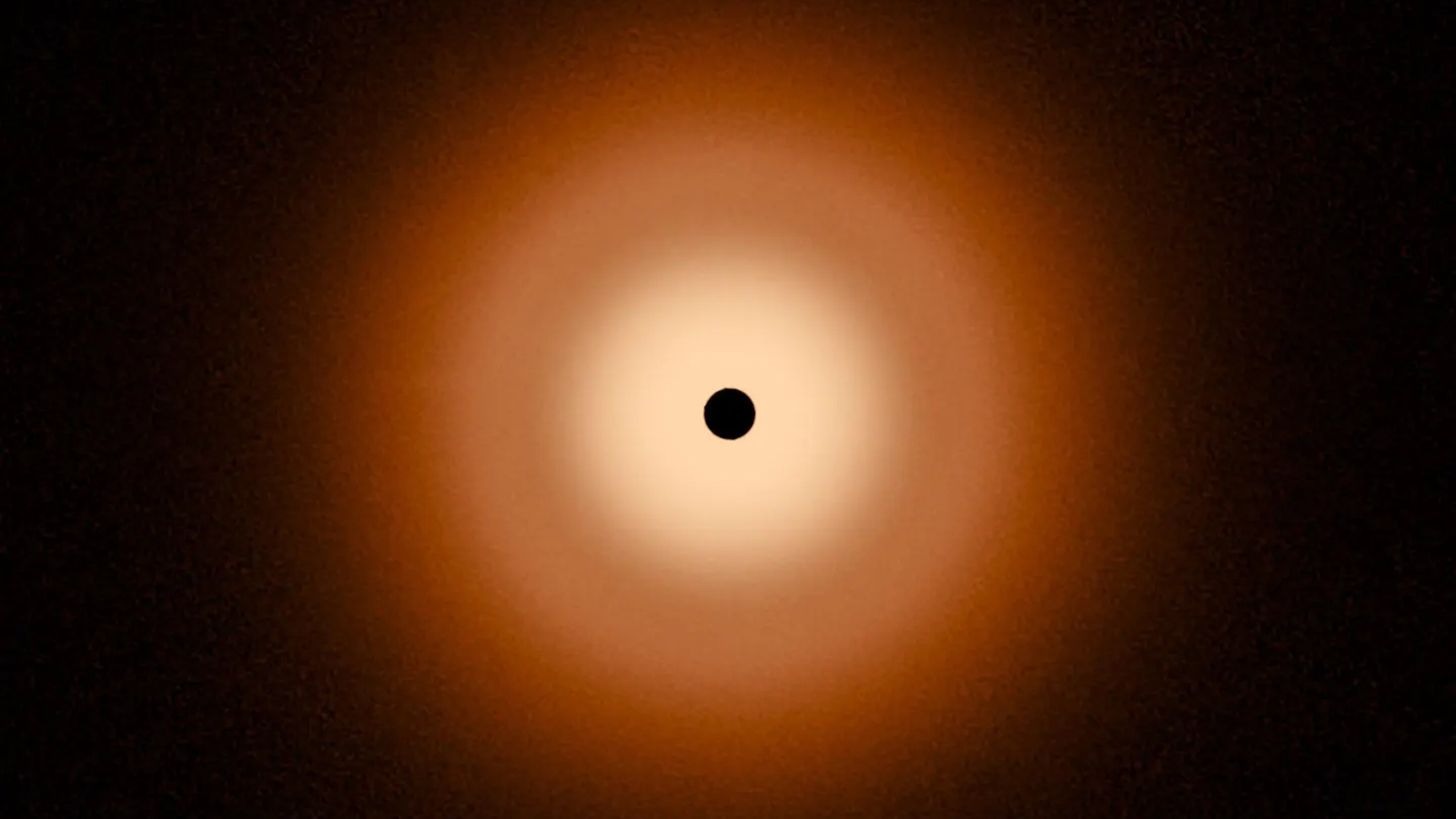Polymers, Vol. 15, Pages 2671: Fractionation of Aspen Wood to Produce Microcrystalline, Microfibrillated and Nanofibrillated Celluloses, Xylan and Ethanollignin
Polymers doi: 10.3390/polym15122671
Authors: Boris N. Kuznetsov Anna I. Chudina Aleksandr S. Kazachenko Olga Yu. Fetisova Valentina S. Borovkova Sergei A. Vorobyev Anton A. Karacharov Elena V. Gnidan Elena V. Mazurova Andrey M. Skripnikov Oxana P. Taran
A new method for extractive-catalytic fractionation of aspen wood to produce microcrystalline (MCC), microfibrillated (MFC), nanofibrilllated (NFC) celluloses, xylan, and ethanollignin is suggested in order to utilize all of the main components of wood biomass. Xylan is obtained with a yield of 10.2 wt.% via aqueous alkali extraction at room temperature. Ethanollignin was obtained with a yield of 11.2 wt.% via extraction with 60% ethanol from the xylan-free wood at 190 °C. The lignocellulose residue formed after the extraction of xylan and ethanollignin was subjected to catalytic peroxide delignification in the acetic acid-water medium at 100 °C in order to obtain microcrystalline cellulose. MCC is hydrolyzed with 56% sulfuric acid and treated with ultrasound to produce microfibrillated cellulose and nanofibrillated cellulose. The yields of MFC and NFC were 14.4 and 19.0 wt.%, respectively. The average hydrodynamic diameter of NFC particles was 36.6 nm, the crystallinity index was 0.86, and the average zeta-potential was 41.5 mV. The composition and structure of xylan, ethanollignin, cellulose product, MCC, MFC, and NFC obtained from aspen wood were characterized using elemental and chemical analysis, Fourier-transform infrared spectroscopy (FTIR), X-ray diffraction (XRD) analyses, Gas chromatography (GC), Gel permeation-chromatography (GPC), Scanning electron microscopy (SEM), Atomic force microscopy (AFM), Dynamic light scattering (DLS), Thermal gravimetric analysis (TGA).

 1 year ago
29
1 year ago
29

